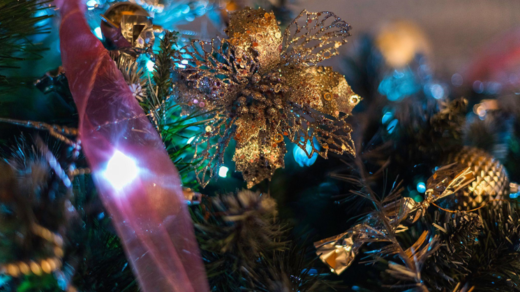The Origins of the Christmas Tree
The Christmas tree is a beloved symbol of the holiday season, but its origins can be traced back to ancient pagan traditions. Pagans would decorate their homes with evergreen boughs during the winter solstice as a symbol of life surviving the long, dark winter.
During the early Christian era, decorating evergreen trees became intertwined with the celebration of Christmas. The first recorded Christmas tree use dates back to the 16th century in Germany, where trees were decorated with apples and candles.
The Types and Symbolism of Christmas Trees
Many trees are commonly used as Christmas trees, each with unique symbolism. The most popular Christmas tree type is the evergreen, which represents eternal life.
The Douglas fir is also famous for Christmas trees due to its full branches and pine-like scent. The noble fir is another favorite, known for its vital components that can support heavy ornaments.
Decorating the Christmas tree is a beloved tradition in many households, with each ornament holding its special meaning. Snowflakes represent the beauty of winter, while angels symbolize protection and peace.
Modern-Day Decorations
In modern times, the Christmas tree has evolved into a highly decorated centerpiece of holiday festivities. Lights and garlands adorn the branches, creating a warm and festive atmosphere.
Many families also incorporate handmade decorations into their trees, such as popcorn strings, gingerbread ornaments, and paper snowflakes. In recent years, themed Christmas trees have become increasingly popular, with themes ranging from Disney characters to rustic farmhouse decor.
In conclusion, the Christmas tree has come a long way from its pagan origins to become a cherished symbol of the holiday season. Whether adorned with handmade decorations or decked out in modern-day decor, the Christmas tree remains a beloved staple of holiday celebrations worldwide.




